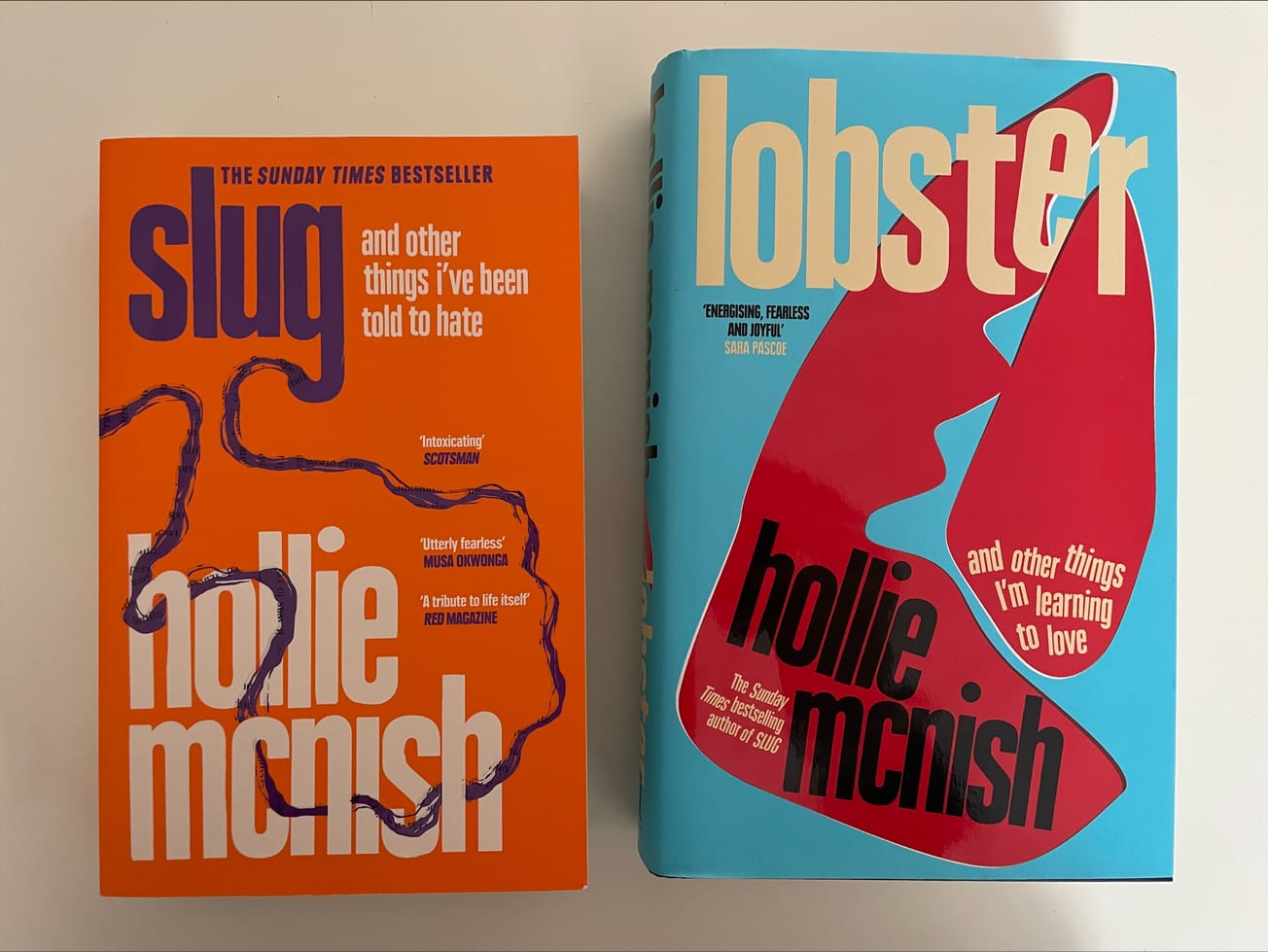By Miranda Smith, third-year History of Art
Miranda Smith reviews the 'visual philosopher' Benoît Maire's Spike Island exhibition.
Benoît Maire's art is an attempt to engage with and understand more about humanity. His works seen at Spike Island are an amalgamation of these ideas, with a range of materials used and a vast variety of subjects explored.
@fay_gingerandrhubarb
— Spike Island (@_SpikeIsland) 7 October 2018
・・・"If you want to do something free in #bristol @spikeisland has free art exhibitions, we love to visit and take our little one. Today we enjoyed the #benoitmaire #thebes full of objects, colour and sound!" https://t.co/nlUvSHUdRD pic.twitter.com/OemaGWY7eC
The exhibition is divided into three main rooms, the first of which deals directly with the question of humankind and the objects we have created. The juxtaposition of a spanner, entitled Indexed Waste << phrase >>, next to a glass portrait bust of Socrates invites the viewer to consider the necessary against the superfluous - the 'needless', yet more artistic objects. Since it is the latter that is typically found in an art space and greeted with more enthusiasm, the placement of the tool quite literally puts a spanner in the works of most people’s ideas of what art is, and what should be in a gallery.
"Benoît Maire's art is an attempt to engage with and understand more about humanity"
Another important juxtaposition throughout the show is the placement of man-made items amongst natural ones. A photograph entitled Lucien plays with Nature and Reason is paradigmatic of this disparity - it shows a man placing a shell on a muddled rubix cube.
References to philosophy are abundant, with one of Aristotle’s most renowned questions illustrated in its simplest form by Either / Or, an image of an egg and a raw chicken. The image's implied uncertainty is emblematic of the exhibition's motif of unanswered questions.
"the placement of the tool quite literally puts a spanner in the works of most people’s ideas of what art is"
The second room of the gallery is far more aesthetically comprehensive, with a series of cloud paintings and a subtler philosophical quest. Perhaps the idea is that humanity can almost be grasped by considering the objects we have created or seen, while the ever-changing shapes of the clouds are something we can't grasp, or shouldn't be able to. It is these paintings which clearly 'belong' in a gallery space, and by hanging this series alone, away from the complicated ideas of the rest of the exhibition, the viewer is reminded of a 'typical' art gallery feel and aesthetic.
The past is prominent, and repurposed, in Benoît Maire’s exhibition Thebes at @_SpikeIsland pic.twitter.com/5BEOelfTU4
— Matt Law (@m_law) 6 October 2018
The exhibition's final room draws together the ideas from the first, showcasing industrial items alongside Maire’s own works and continuing to disorientate viewers through their placement in a gallery space. An image of Jesus is placed in the same space as a pile of what can only be called rubbish; a cement head and a ruler reminds viewers of portrait busts in museums and yet is left on the floor; a fake deer, like one you would buy at a garden shop, is also placed on the floor. The room is almost reminiscent of a yard sale, with the large amount of furniture also 'on display' in its center.
"the room is almost reminiscent of a yard sale, with the large amount of furniture also 'on display' in its center"
The exhibition explores the distinction between fine art and other man-made objects, and toys with the idea that there is perhaps no difference and that both are necessary in order to understand humanity. Yet the jumble of objects included means the viewer is overwhelmed. With so many works - over 100 - it is difficult to know if the artist himself has come to a conclusion about the status of the objects included, because I certainly did not.
Benoît Maire's Thebes is on at Spike Island until 9th December - click here for more details.
Featured image credits: Epigram / Miranda Smith.
What are your thoughts on Maire's 'visual philosophy'? Let us know in the comments below or on social media.









